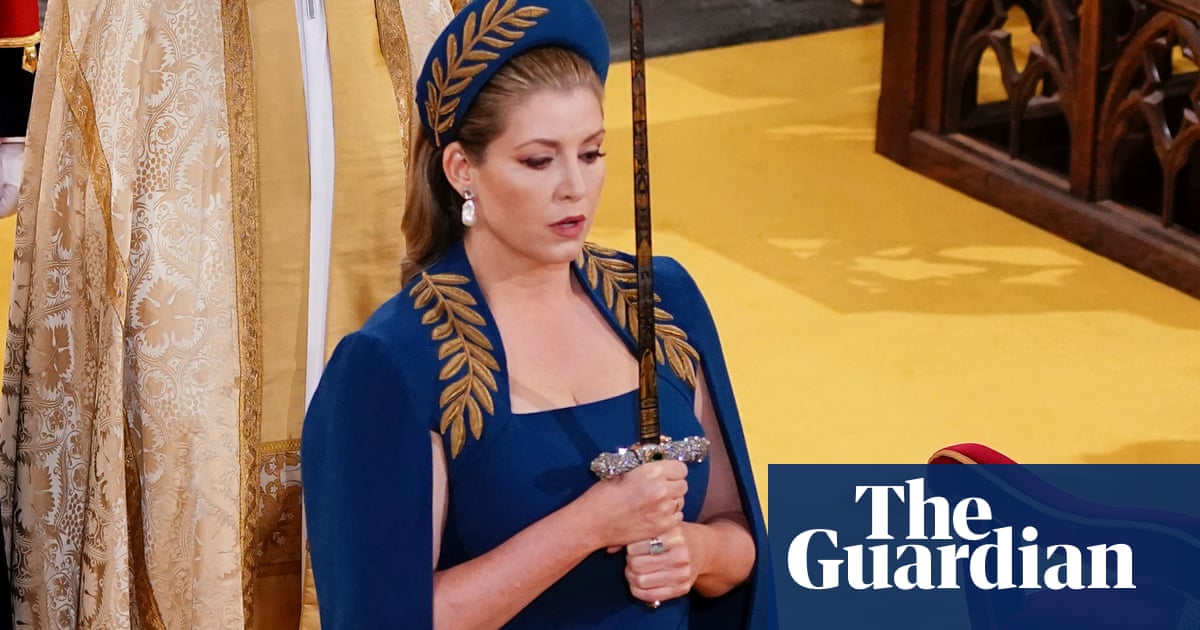
Iam a travelling entertainer. I spent decades in secondhand bookshops in shabby sidestreets, filling the sick-stomach void between station and show with palliative possibility, panning for gold. Somewhere at the end of the last millennium, a few measly pounds bought me a signed first edition of the Irish travelogue The Crying of the Wind (1954), simply because I liked the accompanying archaeological etchings of its author, one Ithell Colquhoun. More than 20 years later, it’s £300 unendorsed on eBay, I got to write the introductions to the 2016 reprint, and a lifelong fascination with this most mysterious of pan-disciplinary artist-writer-mystic saw me asked to be an unworthy speaker at the launch of an exhibition pairing her paintings with work for sale by comparable contemporary artists at Unit London, Song of Songs. Colquhoun and I, it seems, are trapped in the same cramped Ford Fiesta on Google’s algorithmic roundabout, and I very much doubt she is at all happy about it. But who was Ithell Colquhoun, what inspired the fecund fleshy forms and prehistoric undulations of her work, and how is she creeping back into the collective consciousness?
Amy Hale, author of the most recent Colquhoun study, Genius of the Fern Loved Gully, explains: “Historically, surrealism has been utterly dominated by big male personalities. Women were thought of as either muses or monsters who may have been artists on the side, but they can no longer be relegated to those roles. Self-promotion takes swagger and bravado. Colquhoun was quite terrible at it.”
She’s right. Your heart goes out to her. The Crying of the Wind depicts a woman in retreat from life – at one point it alludes elliptically to Colquhoun’s split from the Italian surrealist Toni del Renzio via a lone remark that her wedding ring has outlasted her marriage – and yet her story is told as if automatically, landscapes and apparently random observations doing all the heavy lifting. And Colquhoun’s artwork is rarely figuratively explicit, illustrating instead the complexities of our inner mental turbulence. For Song of Songs’ curator, Rachael Thomas, it is telling that Colquhoun’s will copyrighted her works to the Samaritans, and mental health charities are the partial beneficiaries of any Unit London sales.
Born in India to a British military family in 1906, Colquhoun splices aspects of an adopted Celtic identity with surrealist techniques. The Indo-Caribbean multidisciplinary artist Suchitra Mattai, who shows five collages in Song of Songs, agrees that such cross-cultural pollination provokes an almost accidental surrealism. “I use imagery from Indian folktales, memory and oral tales passed down to me from my Guyanese Indian family. I study the patterns and palettes of Indian miniatures and textiles but am steeped in contemporary themes of gender and postcolonialism. For me the ‘accidental surrealism’ emerges through a juxtaposition of disparate materials. I reconcile my layered past through seemingly harmonic compositions. My Indian, Guyanese, Canadian and American identities create a mashup of oddities emerging from memory, myth and history and parallel Ithell’s transnational experiences.”
Clare Ormerod’s textiles shadow the occult abstractions of Colquhoun’s paintings. Years after she had become aware of Colquhoun she discovered the artist had visited her husband’s ancestral home, Huntington Castle in Ireland’s County Carlow, the cellar of which houses an ancient sacred well dedicated to St Brigid, the Catholic church’s cannibalisation of the Celtic goddess of the same name. “In the 70s my husband’s great-aunt, Oliva Robertson, initiated Ithell Colquhoun as a priestess of the Fellowship of Isis, the divine feminine religion that is based in the castle dungeons.”
This kind of information can cloud Colquhoun for me. I am not a spiritual person – I’m not even convinced that I exist, let alone any gods or goddesses – but sometimes it feels as if the once forgotten trickster surrealist is organising my existence from the great beyond. It appears the schoolboy me, for example, delivered newspapers to the Birmingham surrealist Emmy Bridgwater, the third party in Colquhoun’s failed marriage; I’ve walked the west London suburbs and west Cornwall moors where Colquhoun lived, arriving at guarded conversations with suspicious personalities connected to her; and only last Sunday, as I sat in a crowd of less than 50 in a chapel in west Wales watching the last ever live performance by the folk veteran Meic Stephens, a woman leaned forward to introduce herself as Katell Keineg, the singer due to perform with me at Song of Songs’ opening, 218 miles and five days away.
The polymath Linder Sterling’s sacred not-safe-for-work collages profanely recast Colquhoun’s collisionary assemblages, and channel a punk aesthetic Mojo readers will recognise from her work on seminal 70s sleeves like the Buzzcocks’ Orgasm Addict. Sterling playfully calls the familiar Colquhoun coincidences I’ve experienced “the Hand of Ithell”.
She notes: “I found a large stash of Health and Efficiency magazines in a bookshop in Penzance. The naturist magazines all dated from the last years of Colquhoun’s life. Coincidence? Or the Hand of Ithell at work?” To me these odd intersections show that, despite having been with us all these years, we are suddenly noticing Ithell Colquhoun everywhere. Her time is now.












